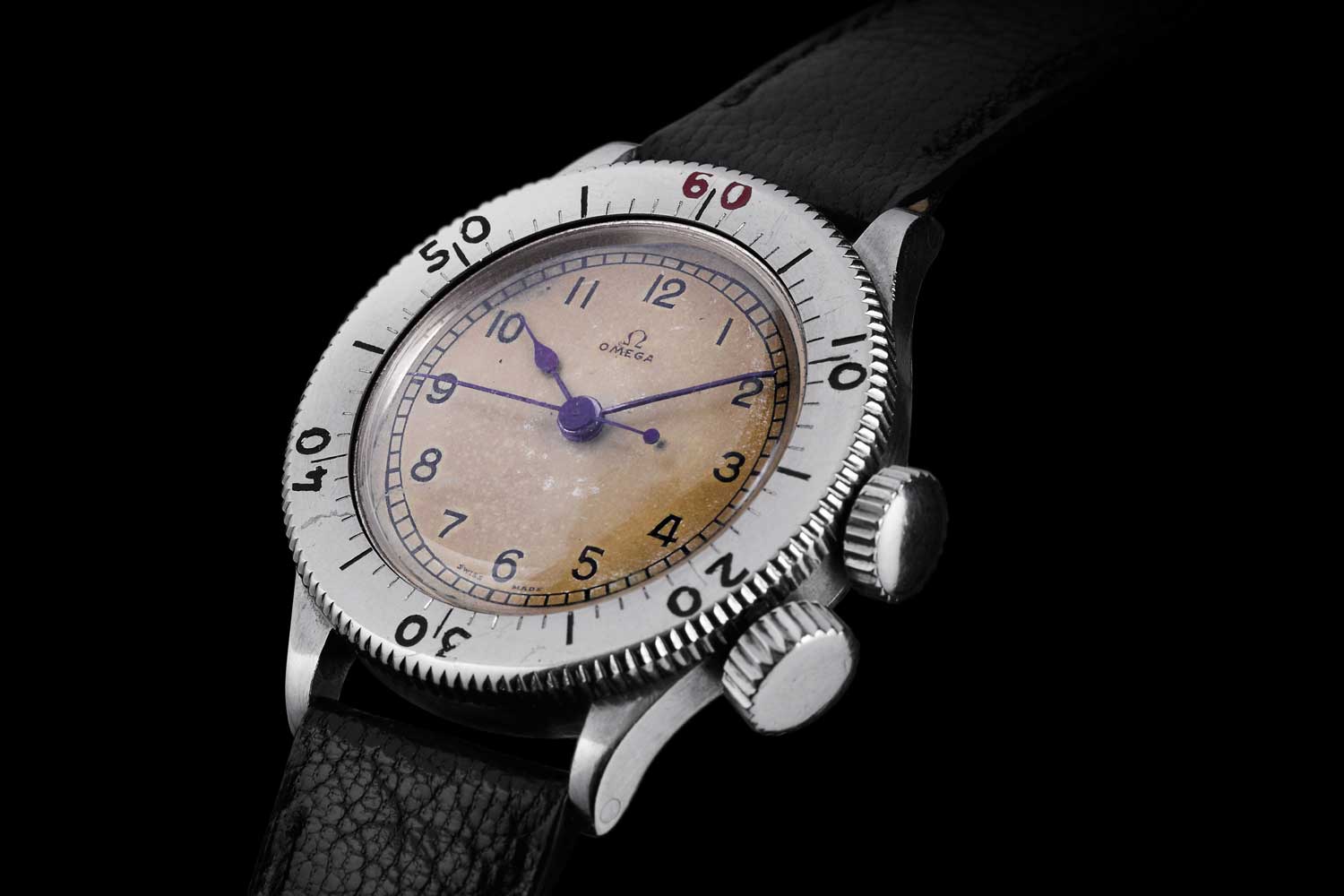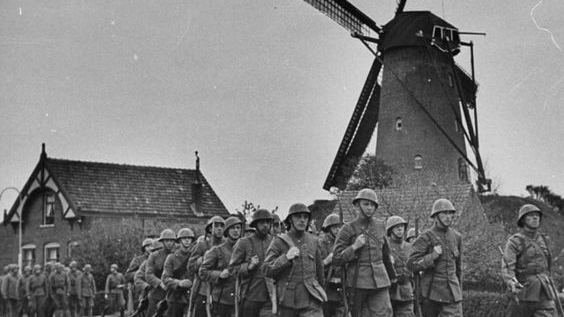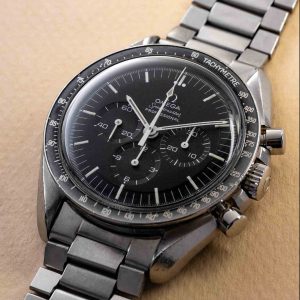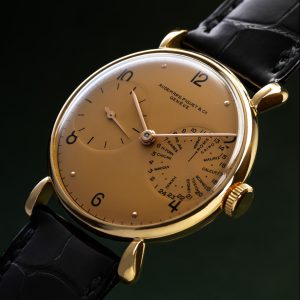About era 1940 – 1945
World War II "Renewal and development dominated the watch industry."

By AWCo on 12 July 2019
The great depression had only just ended when the world took a leap back in time with the start of the Second World War in 1939. Where sport and development dominated the watch industry in the 1930s, the focus shifted completely to producing military watches between 1940 and 1945.

The biggest war in the history of mankind meant that the known watch market actually disappeared. Men entered the military service, food was scarce, national economies transformed into war economies and luxury items such as wristwatches simply disappeared from the streets during this period. Governments and national armies, on the other hand, needed wrist watches for officers and soldiers. In the extensive war zones throughout Europe, it was important for troops to move together and coordinate activities. To do this well, all together at once, all watches were set to the right time with different battalions to strike together as effectively as possible.
"Timing was essential"
The military watches that were used here were different from the watches that were common at the time. The watches had to be strong to withstand the harsh battlefield conditions, so they were primarily made of stainless steel. An officer had to be able to read the time at a glance so black dials were used with large numbers as hour markers. These number indexes were also luminous in the dark (radium) since the war did not take a break at night. Furthermore, wider hands were used than before. Timing was essential, so almost all WW II watches were equipped with a decentralized seconds-hand.
Perhaps the most famous story from the war watch industry is the of the “Dirty Dozen”. England was also under the spell of war and the British minister of defense saw the need for wristwatches for his army. The domestic economy, however, was focused on the war, furthermore knowing that the British wristwatches were inferior to the Swiss ones, led to a special request. The British government invited all Swiss watch houses to make military watches for them in large numbers. To be precise, 12 watch brands accepted this request and so 12 different but practically the same watches were delivered to the British army. All very precise, easy to read, water-resistant, stainless steel and 35 mm. in diameter. The watches can be recognized by the “arrowhead” printed on the dial and have a case number and a military number stamped on the back.
These watches are without a doubt the most representative for the military period of watchmaking and now are a unique piece of history.













